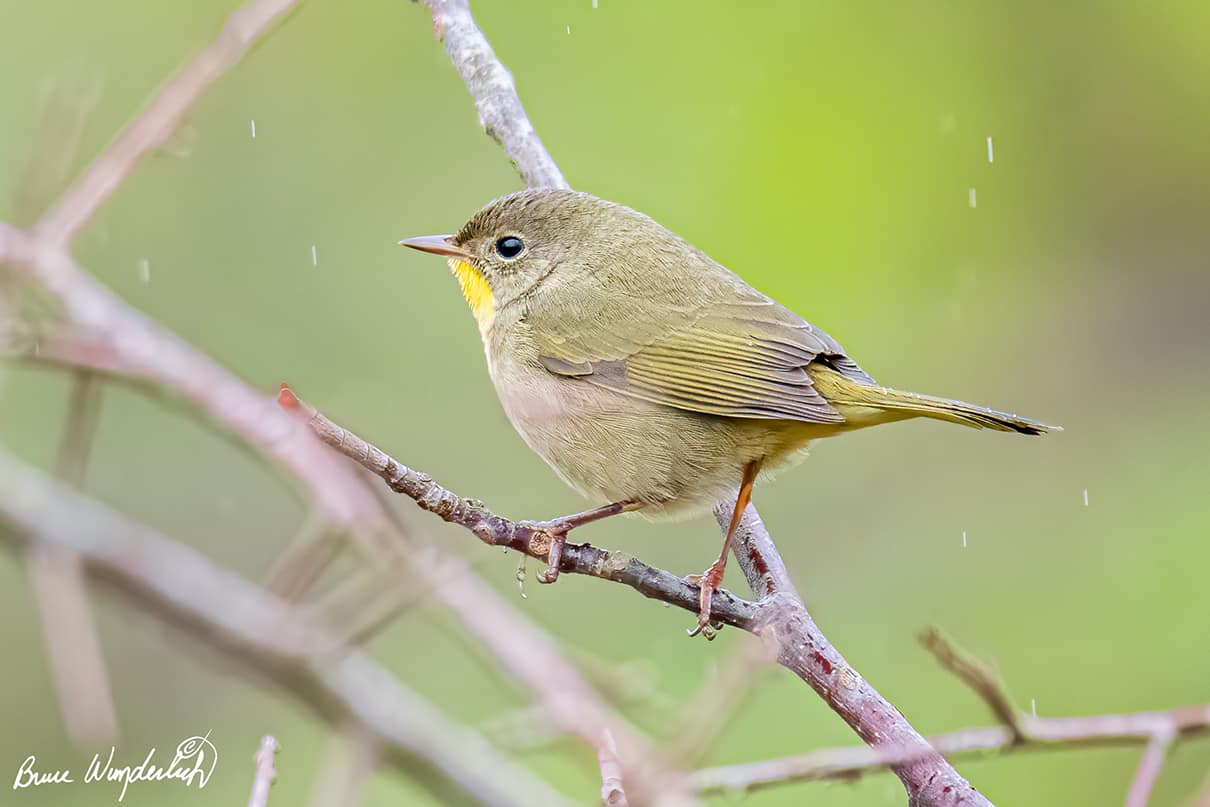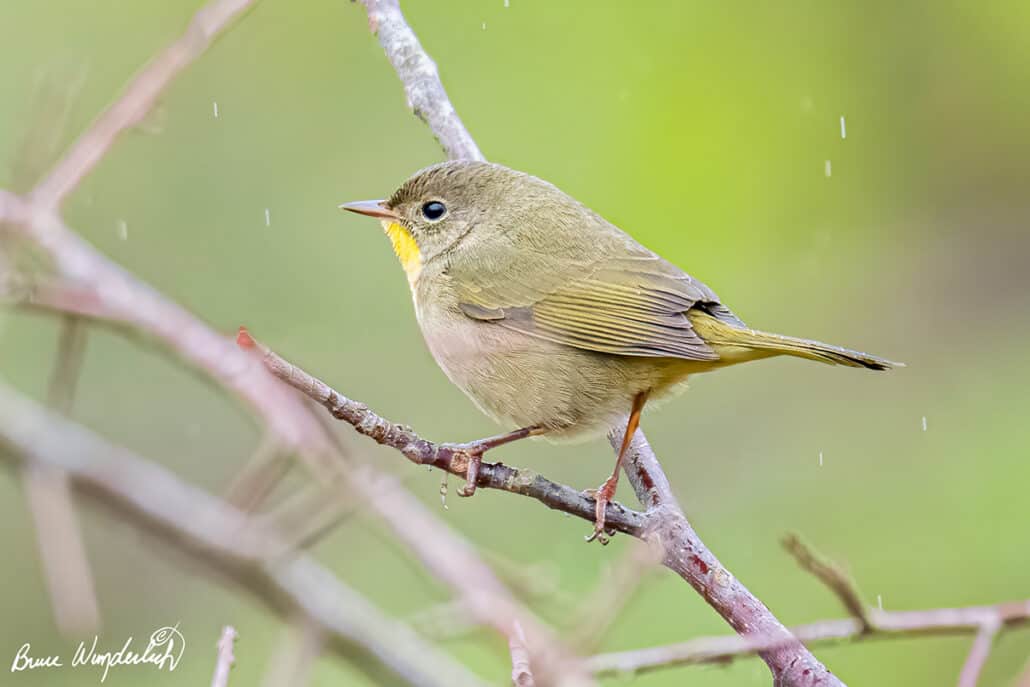
It was a Sunday afternoon, and I was interested in doing some “birdtography.” My aim was to find some LBJs (little brown jobs, aka sparrows). Determined not to let a little rain stop me, I grabbed my camera and headed to the Ohio River Islands National Wildlife Refuge, where LBJs have been reliable and abundant in the past. Upon arrival, I was encouraged to continue, despite the rain, by the beautiful song of a white-throated sparrow, one of my favorites. Poor Sam Peabody Peabody Peabody, it kept repeating, luring me to an area near the bird feeders. I spotted the bird on the ground and captured a few shots. The setting created camouflage for the bird, making it challenging to see and photograph.

With my first LBJ captured, I moved on to another area, where I found a house and a chipping sparrow perched in the trees. As I walked down the trail farther, I came to an unmowed meadow near a forest edge. “This ought to be a great area for birds,” I thought to myself. Plus, I wasn’t far from my car if it started raining harder, so I decided to stop and wait for any birds that might come down from the forest edge. As I have said many times, it’s not easy to photograph a chased bird, so I try to let them come to me. Soon I saw a few birds moving around in the tall grass; my plan was working.

One of the birds popped up to a small tree and perched in plain view for me; it was a swamp sparrow. I slowly moved a couple of steps to the right to line myself up with a colorful fall background behind the bird. (Want to read more about backgrounds, and how they can make or break your bird photos? Be sure to read my BirdTography column in the March/April 2021 issue of Bird Watcher’s Digest.)
Convinced that I had found an excellent location for LBJs, I waited to see what would pop up next. While I waited, I used the Merlin app on my iPhone to verify that the bird I photographed was indeed a swamp sparrow. It was. With Merlin’s confirmation, I happily waited and hoped for another bird to pop out of the tall grass.

I could see some movement in the grass, which convinced me that I wouldn’t have long to wait, and I was right. Soon a song sparrow hopped up into a small bush near me. I chose this spot to linger because I saw perches where I could envision capturing clear images of the birds.
The Surprise

The song sparrow posed for me, and I snapped several photos as it moved around on the bush in front of me. While some may say, “Oh, it’s just a song sparrow,” when you play (er, uh, I mean work) with birds every day, you never say, “Oh, it’s just a… (insert common bird name).” To me, every bird is special and an opportunity to learn.
Suddenly, I noticed another bird in the same bush. This bird was hidden from plain view, so I tried to focus through the bush for a better look. I figured it was probably another song sparrow. As I focused on the second bird, I was excited to see that it had a yellow throat; in other words, it wasn’t a sparrow. As my view of the bird became less obstructed, I realized it was a warbler. The date was October 25; I didn’t expect to see a warbler (other than yellow-rumped) again for the next six months! I quickly captured a couple of images of the bird, and then it was gone. Using the Merlin app on my phone, I confirmed that I had photographed a common yellowthroat, which is a warbler. I thought it was a female, but fall warblers are sometimes challenging to make positive IDs. I waited to see if the warbler would make another appearance, but when it started to rain harder, I decided to head back to my car, joyfully!
The next day, I showed my image to BWD editor Dawn Hewitt and all-round nature expert Julie Zickefoose, and they concurred that it was a hatch-year female common yellowthroat. While I have captured many images of male common yellowthroats, I had never before photographed a female. What a thrill!
Don’t let a little rain stop you from going birding. You never know what surprise might be waiting for you.




